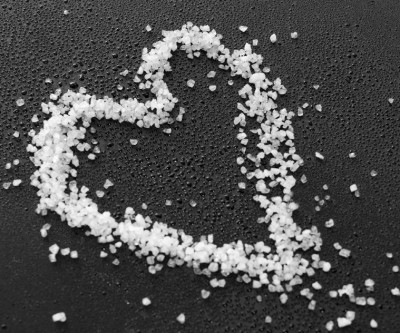Jungbunzlauer set sights on salt reduction with new ingredients launch

The company says its new ingredient ranges will increase the versatility and applicability of its salt substitute offerings by offering industry ‘specific benefits’ compared to its sub4salt product.
The ranges include a new ‘improved’ version of sub4salt, in addition to solutions for sodium free leavening and, potassium salts, and new taste blends of the original sub4salt range.
The launch of a ‘sub4salt plus’ range, which contains a different composition to the standard ingredient by utilising organic potassium mineral salts instead of sodium gluconate, is the first offering from the company. Jungbunzlauer said this meant it was able to offer a selection of salt replacement ingredients with between 35% and 50% sodium reductions. Sub4salt plus also offer improved performance in specific industries – such as bakery and snack applications, it said.
Focusing again on bakery applications, Jungbunzlauer revealed its glucono-delta-lactone (GdL) ingredient – a sodium free leavening agent which can replace food additives including sodium acid pyrophosphate (SAPP) in bakery products.
Replacing SAPP with GdL in baking powder leads to a sodium reduction of approximately 30% and eliminates the soapy aftertaste caused by SAPP in the final product, said the firm.
“Additionally replacing sodium bicarbonate with potassium bicarbonate in the baking powder reduces the total sodium content of bakery products (e.g. muffins, pancakes, cakes, waffles) in total by more than 50%.”
New recipes
Jungbunzlauer said its sub4salt ingredients range had also received a make-over – with new 11 new recipes that have a minimum of 25% reduced sodium compared to control, yet with a strong focus on the taste profile.
“In order to prove general acceptance, sensory testing was performed with 64 typical consumers, more than half of them American citizens. Both versions of the recipes covering main & side dishes, sauces and snacks were compared in terms of taste and saltiness and did not show significant differences,” said the firm.
Salt reduction
Salt is of course necessary for the body to function, but the average daily salt consumption in the western world, between 10g and 12g, vastly exceeds recommendations from WHO/FAO of 5g per day to control blood pressure levels and reduce hypertension prevalence and related health risks in populations.
And with 80% of salt intake coming from processed foods, many countries have initiated salt reduction programmes, viewing the UK’s Food Standards Agency as the torch bearer for national initiatives.
The benefits of a salt global salt reduction strategy were given blinding clarity by a meta-analysis published in The Lancet Chronic Diseases Series in 2007, which concluded that reducing salt intake around the world by 15% could prevent almost nine million deaths between 2006 and 2015.
The topic remains controversial, however, with a prestigious Cochrane review concluding that salt reduction did not impact cardiovascular disease risk. However, this was subsequently slammed in a re-analysis of the same data in The Lancet, with the authors of this paper stating that salt reduction does provide a significant reduction in cardiovascular events.
Regardless of this ongoing debate, public health policy in many continues to advocate salt reduction, and the food industry continues to explore ways of reducing the salt content of its products without detrimentally affecting consumer liking.
In September 2011, the United Nations General Assembly committed to work towards reducing the use of salt in the food industry. This action will put further pressure industry members to lower sodium levels in foods.

















